As the core equipment of papermaking, film, foil and other industries, the technological evolution of modern slitting and rewinding machine has experienced a leapfrog development from traditional mechanical design to intelligent control. The following is an analysis of this evolution process from key technical nodes:

First, laying the foundation of the mechanical design stage (mid-20th century)
1. Infrastructure innovation
◦ The double take-up shaft design is used to achieve continuous production, and the mechanical tension control system (such as heavy hammer lever, friction brake) ensures the basic tension stability.
◦ The slitting tool has been developed from a round blade to an adjustable spiral knife, and the cutting accuracy has been improved to the ±0.5mm level.
2. Material and power upgrades
◦ The high-carbon steel gear transmission system replaces cast iron parts, and the bearing life is increased by 3 times; The AC asynchronous motor realizes multi-stage speed regulation through a mechanical gearbox.
Second, electrification and Automation Transformation (1980s-2000s)
1. PLC control revolution
◦ After the introduction of Siemens S7 series PLC, the logic control program was realized, and the failure rate was reduced by 40%. The PID algorithm enables the tension control accuracy to reach ±1N.
2. Application of sensing technology
◦ Ultrasonic or laser caliper monitors the coil diameter in real time, and cooperates with the magnetic particle brake to form a closed-loop control, and the speed is increased to 600m/min.
3. HMI human-computer interaction
◦ The touch screen interface replaces the button panel, which can store 100+ sets of process parameters, and the changeover time is reduced by 70%.
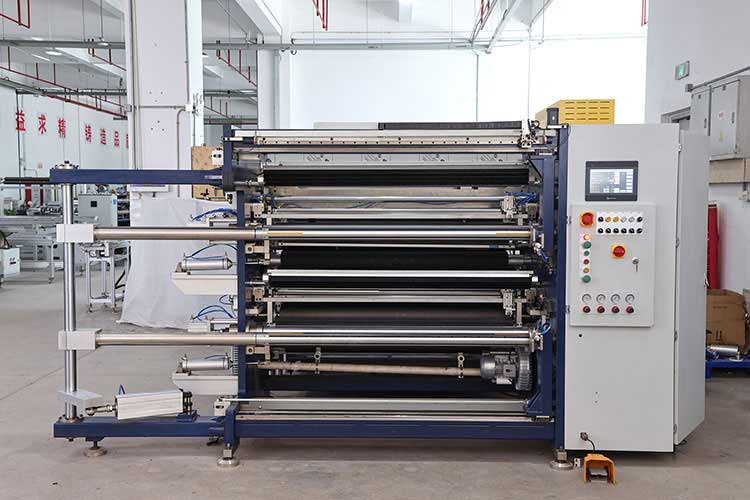
Third, intelligent breakthrough stage (2010 to present)
1. Digital Twin and Simulation
◦ ANSYS mechanical dynamics simulation optimizes roll train layout and reduces vibration amplitude by 25%; Virtual commissioning shortens the R&D cycle by 30%.
2. AI core technology innovation
◦ Deep learning vision systems (e.g., Halcon+CNN) implement:
▪ Micron-level defect detection (sensitivity 0.1mm²)
▪ Automatic pitch compensation (dynamic adjustment±0.05mm)
◦ Reinforcement learning algorithm optimizes winding parameters and reduces material loss by 15%.
3. IIoT architecture
◦ 5G+OPC UA implementation:
▪ 500+ sensor data collection in milliseconds
▪ Cloud-based PHM system predicts bearing failures (92% accuracy)
4. New drive concept
◦ Direct drive servo motors (e.g., Kollmorgen DDR) eliminate mechanical transmission, with a positioning accuracy of ±0.01° and a 20% reduction in energy consumption.
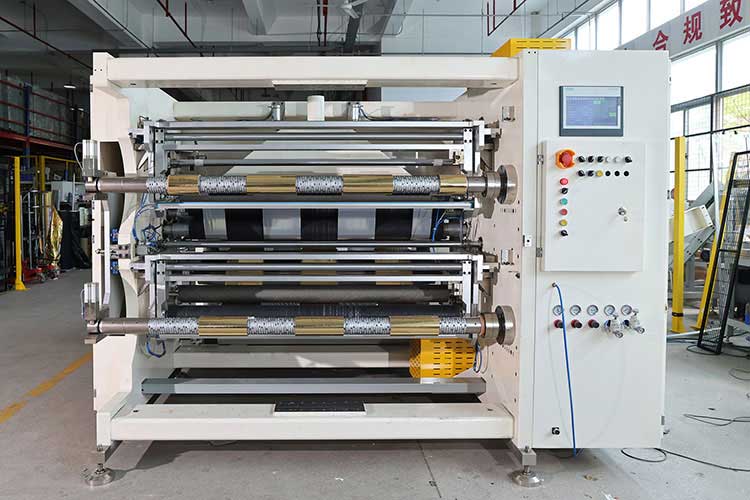
Fourth, the future direction of technology
1. Interdisciplinary integration
◦ Metamaterial rollers (graphene coating) reduce inertia by 30%
◦ Quantum sensors enable tension monitoring at the nanometer level
2. Autonomous decision-making system
◦ The digital brain calculates 10^6 slitting schemes in real time
◦ Blockchain traces the full life cycle data of each volume of material
Comparison of typical cases
| index | Conventional model (2000) | Smart Models (2024) |
| Maximum speed | 300m/min | 1500m/min |
| Timing of the change | 45 minutes | 90 seconds (automatic tool change) |
| Scrap | 3% | 0.5% |
| Energy consumption ratio | 100% | 65% |
This evolution process shows that the slitting and rewinding machine has developed from a single processing equipment to a comprehensive system integrating mechanical precision engineering, intelligent algorithms, and industrial Internet, and continues to promote the expansion of flexible manufacturing boundaries.
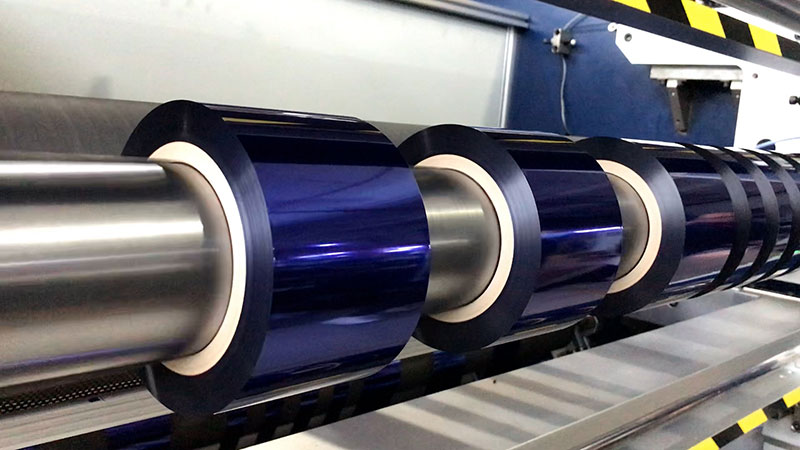
The operation of an hot stamping foil slitting machine is not a simple mechanical repetition but a professional job that requires skill, responsibility, and continuous learning.
05. January, 2026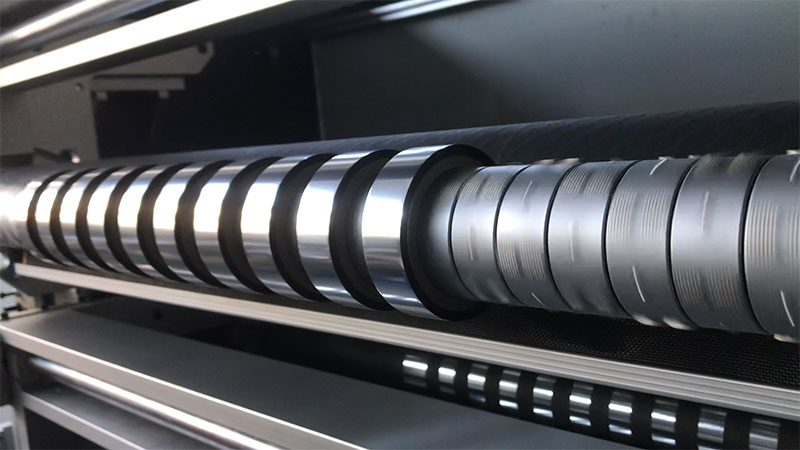
This article will comprehensively analyze the key parameters of hot stamping foil slitting machine selection to help you make an informed decision.
05. January, 2026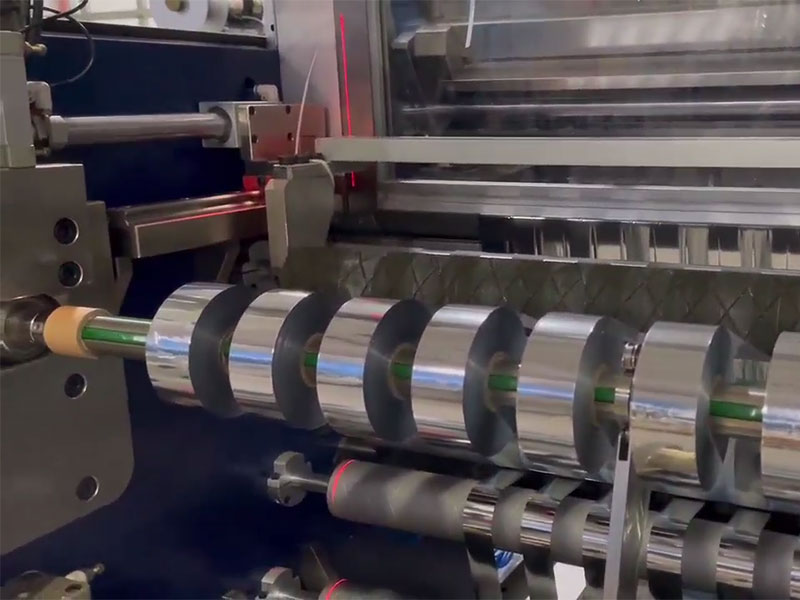
In the face of a dazzling array of brands and models on the market, how to choose an hot stamping foil slitting machine that suits your own production needs?
05. January, 2026
The core criterion for judging the quality of a ribbon slitting machine is its ability to avoid slitting losses.
03. January, 2026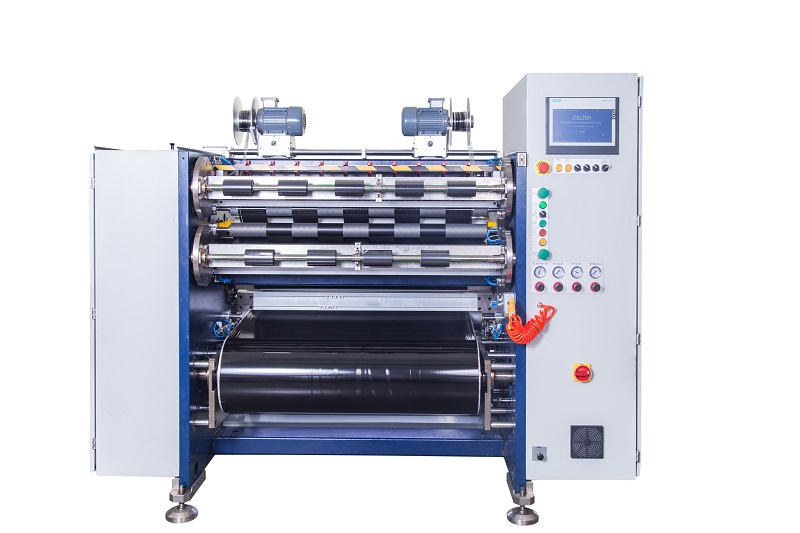
With a wide range of devices on the market, decision-makers are often caught up in the triple factor: price, brand, and performance.
03. January, 2026